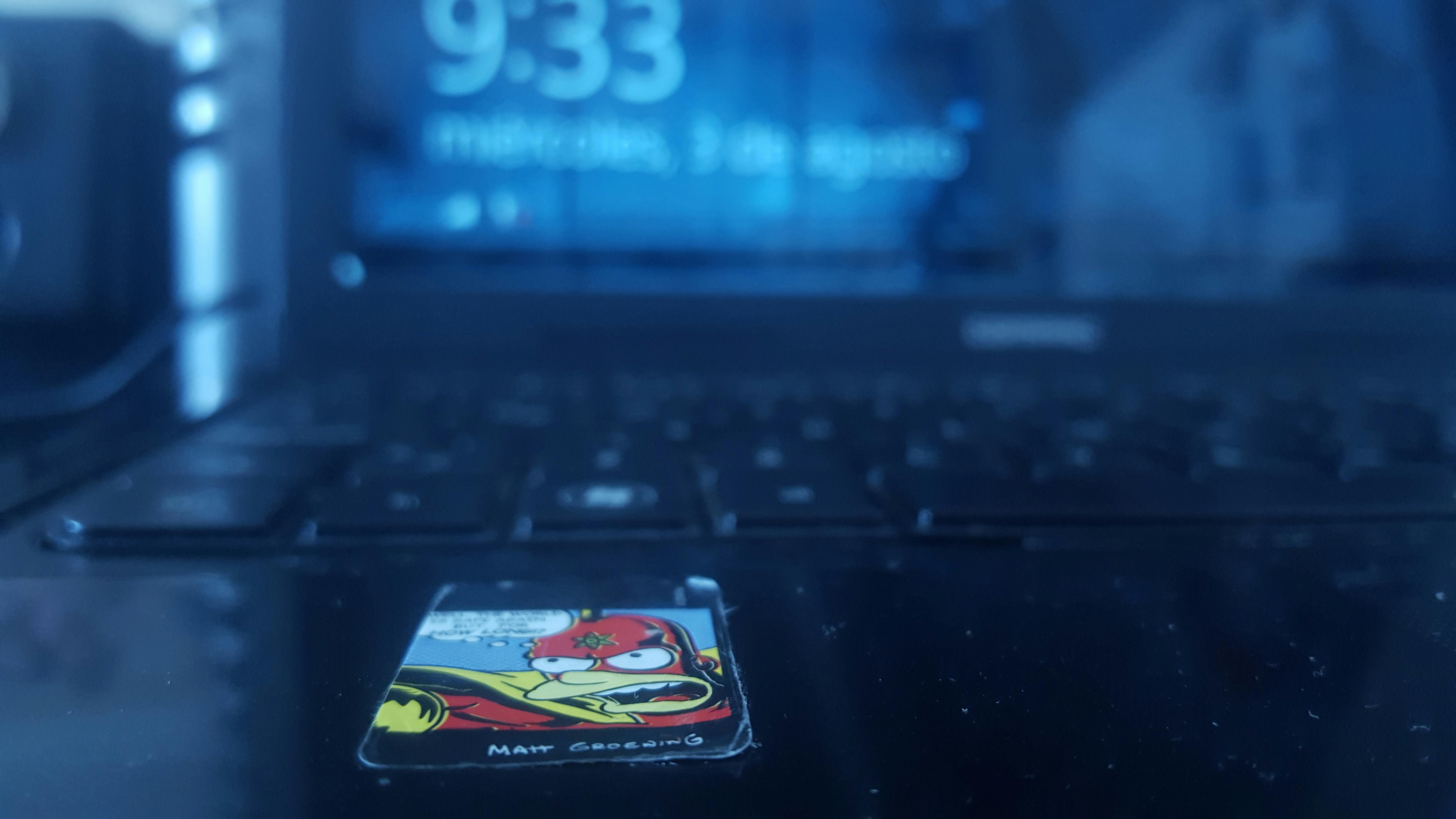Internet Netherlands and the Dutch Economy
The Internet Netherlands is one of Europe’s leaders in digital infrastructure. It attracts international businesses and talent like researchers, generating growth in jobs. The digital infrastructure sector includes the Internet Exchange (AMS-IX), datacenter housing and hosting, telecommunications and networks. It contributes significantly to the Netherlands’ internet economy and is vital for digital innovation and e-commerce.
The Dutch economy depends on the digital infrastructure more than ever. The country is now home to world-class research institutions, such as Delft University of Technology and the Center for Wireless Technology Eindhoven, where scientists are advancing technologies that will shape our future: e-commerce, data speed, IoT and smart robots, among others. It also boasts a highly-skilled workforce that is tech-savvy and multilingual.
These advantages are driving innovation in the Netherlands. The government wants to strengthen its position as a global leader in ICT and foster new business opportunities with this expertise. This is the goal of the Digital Agenda, which promotes further digitization in the Netherlands.
The Netherlands’ population is highly connected, with a high percentage of households using streaming services and other internet-based applications. The country also has an excellent broadband infrastructure, with 99% 4G coverage and 98% fast broadband. Moreover, it has Europe’s best latency rate.

The Internet Netherlands and the Dutch Economy
KPN has started to invest in fibre networks all over the country, which will increase access to faster speeds. As of 2024, over 5 million households will have access to fibre. This is the most stable and fastest Internet connection, but it can also be the most expensive option.
In addition to fibre, DSL and cable are also available in the Netherlands. DSL is less expensive than fibre, but it’s not as stable and offers lower speeds. Cable connections are a good option for people who need a reliable, fast Internet connection and want more choice than DSL offers.
Currently, the most popular Internet connection type in the Netherlands is fibre optic. Fibre provides the highest speeds and is the most reliable, but it’s not yet available in all areas. Fibre is gaining popularity in the Netherlands, and we expect that more and more homes will switch to it over time.
DSL is the oldest type of Internet, but it’s still a great choice for many Dutch people. It’s affordable, reliable and often offers a decent upload speed. However, its download speed can be limited by other factors. If you’re planning to use your DSL connection for streaming, gaming or work, we recommend getting a subscription with a minimum of 200 Mbps. This way, you’ll always have enough speed for your activities. In the meantime, it’s worth looking into other options such as DSL+ or cable. We offer a free Internet test, so you can see what speeds are available in your area. We’ll also give you advice on which connection is the best fit for your needs.
When comparing internet deals, don’t just focus on the monthly cost. Take into account any additional fees, such as installation or equipment rental charges, as these can significantly impact the overall cost of the service. Also, be sure to check for any promotional offers or discounts that may be available, especially for new customers.


